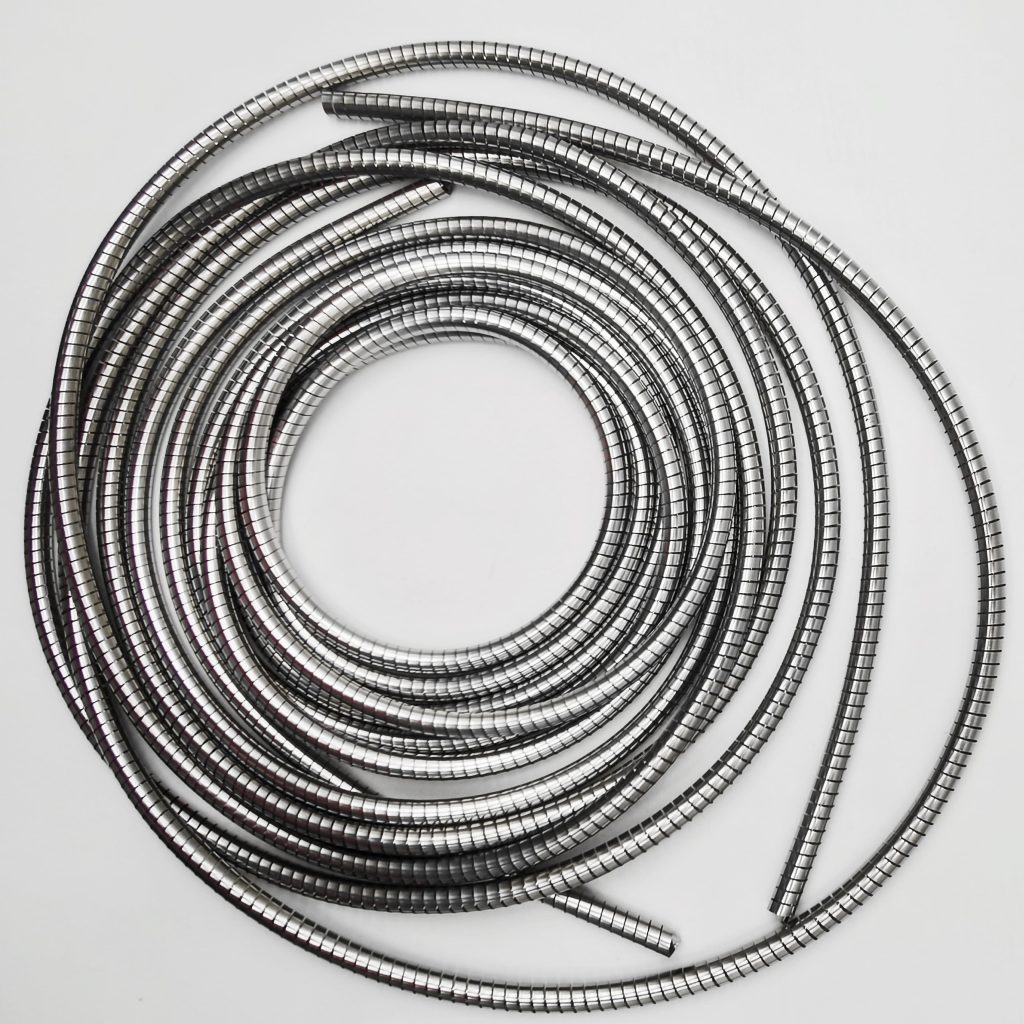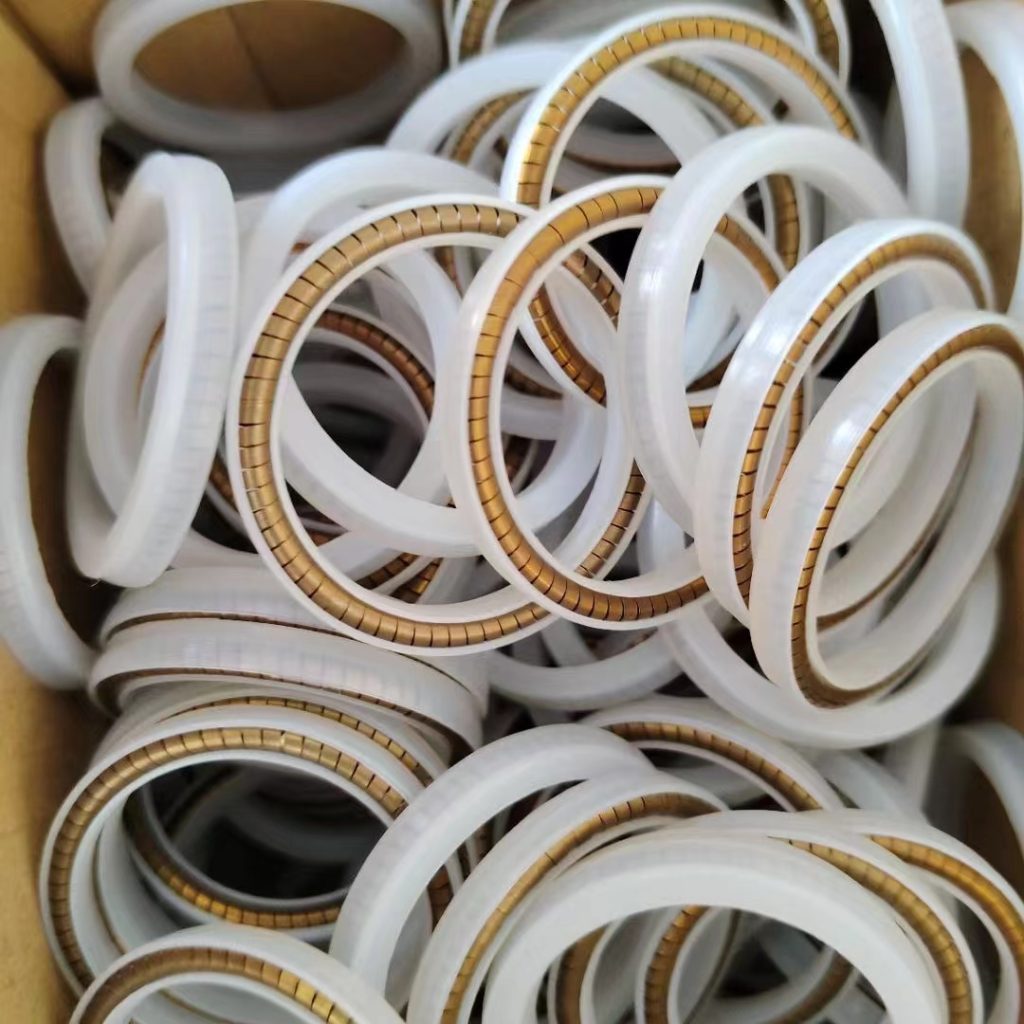Helical spring seals, one of the spring energized seals, stand out among other types of seals due to their superior pressure resistance capabilities. This superiority is attributed to their unique design and the materials used in their construction. Let’s delve deeper into how the pressure resistance of helical spring seals compares to other types of seals.
Helical spring seals are engineered to withstand high pressures by incorporating a metal spring within the seal structure. This spring provides a continuous force that maintains a tight seal even under extreme conditions. Unlike traditional seals that rely solely on the material’s elasticity, the integrated spring in helical spring seals ensures that the seal remains effective regardless of pressure fluctuations.

Traditional seals, such as those made entirely of elastomeric materials, may experience issues like extrusion under high pressure. Extrusion occurs when the seal material is pushed out of its groove, compromising the seal’s integrity. In contrast, the spring energized design of helical spring seals prevents extrusion by maintaining a constant force that keeps the seal in place, even under extreme pressures. This makes them particularly suitable for high-pressure applications, including hydraulic systems and high-pressure gas seals.

Helical spring seals are widely used in industries where reliability under harsh conditions is crucial. These include aerospace, oil and gas, chemical processing, pharmaceuticals, and food and beverage industries. Their ability to perform reliably under extreme conditions makes them an essential component in these sectors.
The pressure resistance of helical spring seals significantly surpasses that of traditional seals due to their innovative design and the use of high-performance materials. The integrated spring mechanism ensures a constant force that maintains a tight seal under high pressures, making these seals ideal for demanding applications where failure is not an option. Their durability, long-term performance, and adaptability to various conditions underscore their superiority in comparison to conventional elastomeric seals.